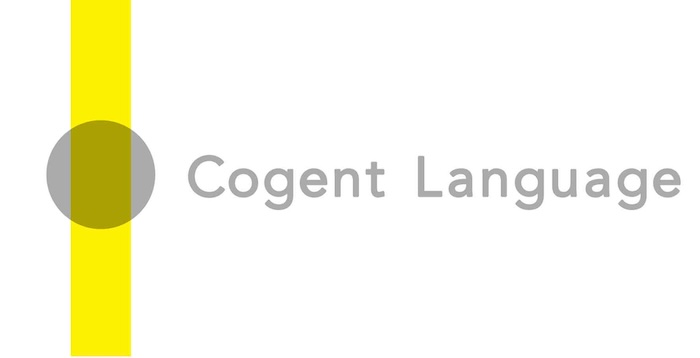Excellent job in doing just what the title says. Very powerful way to classify these theories: “content” theories based on what motivates people vs. “process theories” based on how people are motivated.
“Procurement Planning”
Explanation in 26.5′. Well-organized and comprehensive. Delivered via lecture/slide deck. Useful emphasis on the key “make-or-buy” decision.
“12 Performance Support Tools PST’s or Job Aids”
Excellent 4.5 introduction! Well-conceptualized, well-written, and well supported by quality visuals. Sound quality is not as strong as these other production values.
“6.2 Define Activities”
This is a 13′ explanation of the project task list. It emphasizes the creation of the list, based mainly on a model of project scope in the form of a work breakdown structure (WBS). It assumes the PMI perspective and so uses the PMI terms for “task list”, namely “activity list” or “schedule activity list.” […]
“What Goes Into a Project Plan?”
Concise 3.5′ overview of the contents of a project management plan. Provides a useful visual map, useful in part because it does not rely simply on PMBOK® Guide or Prince2 documentation.
“Team Performance Assessments”
A bit dry and drawing a bit much on the PMBOK® Guide, but still a useful overview of team performance assessment goals, metrics, and methods.
“What is Servant Leadership?”
Concise and useful 8.5′ intro to the construct via slide deck.
“RACI Matrix or Responsibility Assignment Matrix”
Nice 6′ explanation of the responsibility assignment matrix (RAM) construct, with a focus on a very popular configuration of RAM, namely “RACI” – “responsible, accountable, consulted, and informed”. Includes a useful discussion of the general management context of use and a clear example, showing how the RAM can clarify responsibilities in a family of four.
“The Resource Assignment Matrix”
Very brief (<3′) explanation of the resource assignment matrix construct (aka “responsibility assignment matrix”) with a simple project management example.
“Kanban WIP Limits”
Useful 6′ introduction to limits to work in progress (WIP) in Kanban and to workflow principles of Kanban in general.

